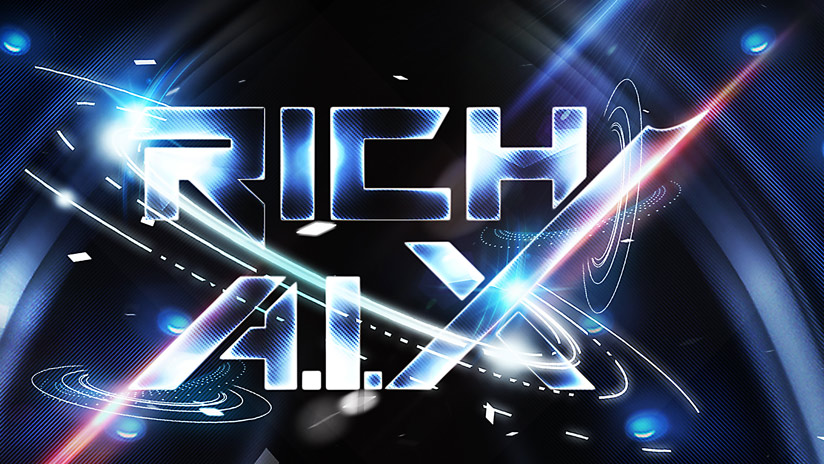Traditional Automation vs AI-Powered Agents
In this conversation, Ken Auguillard, Wendy Haddad, and Carsten Groth discuss the evolution of automation technologies, particularly the transition from traditional Robotic Process Automation (RPA) to AI-powered solutions. They explore the limitations of RPA, the role of agents in automation, and practical applications of AI in business processes. The discussion highlights the importance of understanding when to use RPA versus AI, and shares success stories of organizations leveraging these technologies for innovative solutions.
Timestamps
00:00 Introduction to Automation and AI Workflows
02:46 Understanding Robotic Process Automation (RPA)
05:33 Transitioning from RPA to AI-Powered Automation
08:23 The Role of Agents in Modern Automation
11:06 Evaluating Automation Solutions for Organizations
13:49 Real-World Applications and Success Stories
16:44 Future of Automation: Bridging Technologies and Innovations
Takeaways
• The transition from RPA to AI is a new beginning.
• RPA served as a bridging technology for systems without APIs.
• AI can enhance automation by using natural language processing.
• Organizations need to evaluate their automation needs carefully.
• Combining RPA with AI can lead to more efficient processes.
• Success stories demonstrate the practical benefits of AI in automation.
• Understanding the limitations of RPA is crucial for businesses.
• AI is not always the right fit for every automation task.
• The role of agents in automation is becoming increasingly important.
• Innovative uses of technology can transform business operations.
In this conversation, Ken Auguillard, Wendy Haddad, and Carsten Groth discuss the evolution of automation technologies, particularly the transition from traditional Robotic Process Automation (RPA) to AI-powered solutions. They explore the limitations of RPA, the role of agents in automation, and practical applications of AI in business processes. The discussion highlights the importance of understanding when to use RPA versus AI, and shares success stories of organizations leveraging these technologies for innovative solutions.
Timestamps
00:00 Introduction to Automation and AI Workflows
02:46 Understanding Robotic Process Automation (RPA)
05:33 Transitioning from RPA to AI-Powered Automation
08:23 The Role of Agents in Modern Automation
11:06 Evaluating Automation Solutions for Organizations
13:49 Real-World Applications and Success Stories
16:44 Future of Automation: Bridging Technologies and Innovations
Takeaways
• The transition from RPA to AI is a new beginning.
• RPA served as a bridging technology for systems without APIs.
• AI can enhance automation by using natural language processing.
• Organizations need to evaluate their automation needs carefully.
• Combining RPA with AI can lead to more efficient processes.
• Success stories demonstrate the practical benefits of AI in automation.
• Understanding the limitations of RPA is crucial for businesses.
• AI is not always the right fit for every automation task.
• The role of agents in automation is becoming increasingly important.
• Innovative uses of technology can transform business operations.











